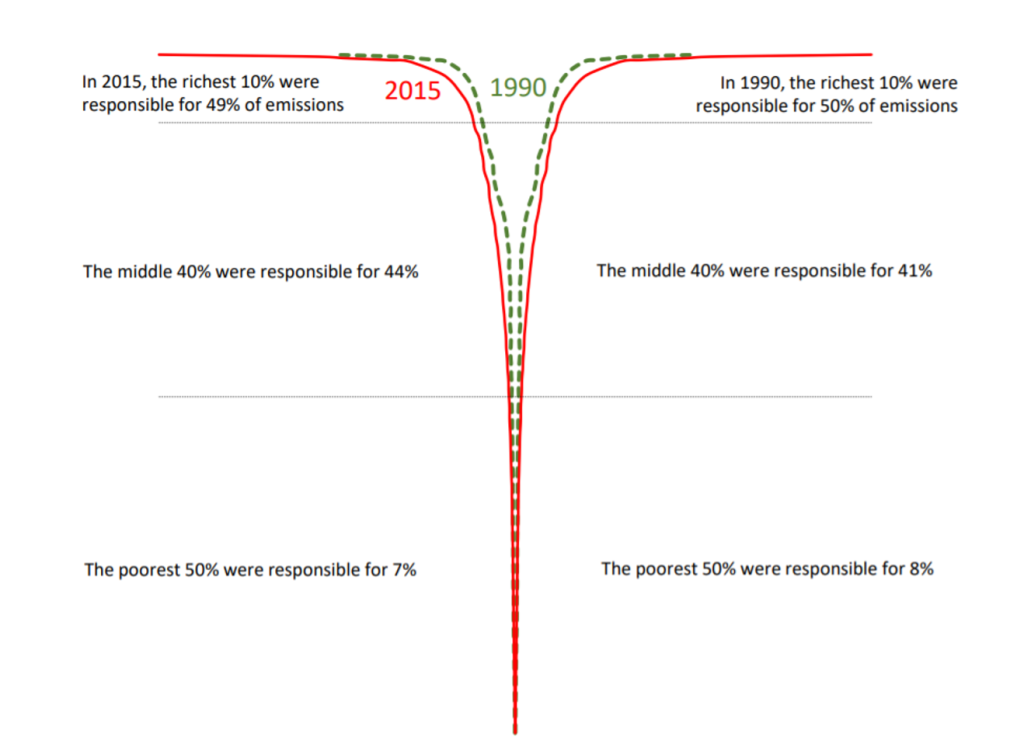
/ Across Sub-Saharan Africa, almost 60% of hospitals lack access to reliable electricity.1
Telling the story of people and energy
The energy crisis triggered in 2022 by Russia’s invasion of Ukraine drives home a paradox EnAct has observed while reporting in different countries.
When energy is cheap and easy to access, people rarely give it a thought – and indeed consume the resource wastefully, leaving unused devices on standby, heating, cooling or lighting empty spaces, driving individual cars rather than using public transport, and traveling by plane at the drop of a hat.
In sharp contrast, Mercy, a student at the Kakata Rural Teachers Training Institute in Liberia (which had no grid access at the time) described calculating how much she would need to sell at a local market to buy a single candle – and how she would need to ‘budget’ burning that wax and wick over the following week. Her male classmates pooled money to share a single LED lamp in their dorm and keep it supplied with batteries.
While most of EnAct’s focus is on efforts to lift people out of energy hardship and achieve energy justice, a flip side of the equation also needs to be addressed. Compared with the average person, high net-worth individuals (HNWIs, or simply ‘high consumers’) use more energy and having bigger carbon footprints – both of which can be measured exponentially. In 2010, the 10% most affluent households emitted 34% of global CO2, while the 50% of global population in lower income brackets accounted for just 15%.2 By 2015 – just five years later – the disparity had stretched to 49% against 7%. Plotted vertically and horizontally, data tracking income and CO2 emissions between 1990 and 2015 neatly trace a telling silhouette i.e. the champagne glass of carbon inequality, showing that those most likely to drink champagne have massively bigger carbon footprints (Figure 1).3
The champagne glass of carbon inequality

Source: www.sei.org/publications/the-carbon-inequality-era/
While recognising that billions of people – in both southern and norther regions of the world – need to be able to affordably increase their consumption, with energy being a major driver of climate change, EnAct concurs with the principle that the most valuable unit of energy is the one not consumed. Policy action to ensure equipment and appliances are energy efficient and more conscientious behaviour by 8 bln people can dramatically reduce overall demand. In turn, that would (on average) allow renewable sources to contribute a higher share of supply, helping slash CO2 emissions. It would also lower the investment needed to build new infrastructure for energy production and transmission or transport. Check out Act Now/Save energy for simple tips to start aligning your energy habits with global goals.
Visual storytelling through documentary films and photo essays is core to EnAct reporting – and has earned awards for videographers and other team members. It also drives our Instagram campaign, @everyday_energy, which uses photos and captions to prompt people to learn something new about energy, In other cases, we recognise that important data can tell stories and even provide shocking insights if visualised in creative ways.
Finally, EnAct is keen to feature people ‘in’ energy – we like to call them ‘EnActors’ for their efforts to tackle diverse aspects of the global challenge that needs local solutions. To erase the divide between energy users and ‘the experts’, while also encouraging collaboration across diverse fields, we hope to create opportunity for people who are passionate about energy to speak at length (rather than being reduced to sound bites) through podcasts, webinars and other events.
The Features section highlights some of the best work from across EnAct website, including COLD@HOME and A BURNING CONCERN. We are pleased to know this content is regularly used by others to raise awareness and for teaching purposes and has been cited in academic and policy papers.
Got an idea for more ways to tell the story of people and energy? EnAct is open to collaborations or to playing the role of creative partner in other projects.
